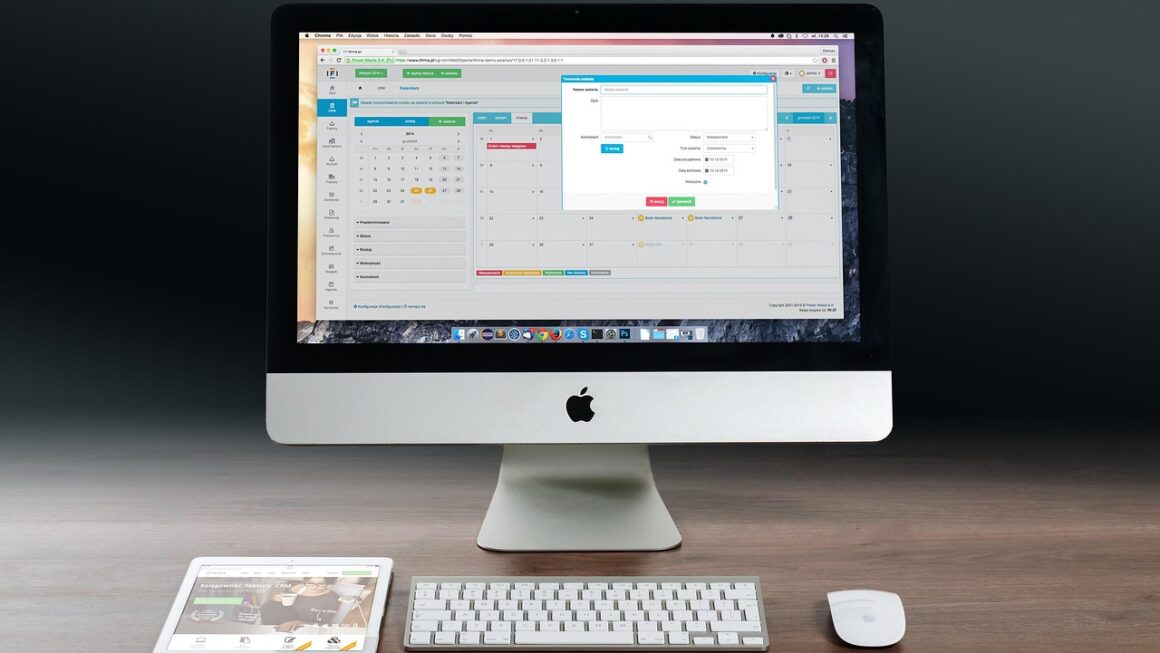The world of work has undergone a dramatic transformation, and the rise of hybrid work is one of the most significant shifts. No longer confined to the traditional office setting, employees are now embracing a flexible approach that blends remote and in-office work. This model offers a multitude of benefits for both employers and employees, but it also presents unique challenges that require careful planning and execution. This comprehensive guide explores the intricacies of hybrid work, providing valuable insights and practical strategies for navigating this evolving landscape.
Understanding Hybrid Work
What is Hybrid Work?
Hybrid work is a flexible working model that combines remote work with in-office work. Employees typically have the option to work from home or other remote locations for a portion of the week, while also spending some time working in the physical office. The specific arrangement can vary depending on the organization’s needs and the employee’s role.
Essentially, it’s about finding the right balance between the flexibility of remote work and the collaboration and connection opportunities that come with being in the office.
Different Types of Hybrid Models
There isn’t a one-size-fits-all approach to hybrid work. Different models cater to varying business needs and employee preferences. Here are a few common examples:
- Fixed Hybrid: Employees work from the office on specific days and remotely on others. This provides predictability and allows for structured in-office collaboration. For example, a marketing team might choose to be in the office on Tuesdays and Thursdays for team meetings and collaborative brainstorming sessions.
- Flexible Hybrid: Employees have more freedom to choose when they work from the office, often within a defined framework. This empowers employees to manage their schedules based on their individual needs and priorities.
- Office-First Hybrid: The office is the primary work location, but employees can work remotely on certain days or under specific circumstances. This model might be suitable for companies that require a strong physical presence.
- Remote-First Hybrid: The majority of employees work remotely, but the office is available for those who prefer it or when in-person collaboration is necessary. This approach emphasizes remote work while still providing a physical space for employees to connect.
Benefits of Hybrid Work
Hybrid work offers a compelling value proposition for both employers and employees.
For Employees:
- Improved Work-Life Balance: Greater flexibility allows employees to better manage their personal and professional lives, reducing stress and improving overall well-being. Example: An employee can attend a child’s school event without taking a full day off.
- Increased Productivity: The ability to work in an environment that suits their individual preferences can lead to increased focus and productivity.
- Reduced Commuting Time and Costs: Less time spent commuting translates to more time for personal pursuits and cost savings on transportation.
- Greater Autonomy and Control: Hybrid work empowers employees to take ownership of their schedules and workstyles.
For Employers:
- Enhanced Employee Retention: Offering hybrid work options can attract and retain top talent, as it demonstrates a commitment to employee well-being. A recent study showed that companies offering hybrid work options have seen a 25% decrease in employee turnover.
- Expanded Talent Pool: Hybrid work enables companies to recruit talent from a wider geographic area, breaking down location barriers.
- Reduced Overhead Costs: Optimizing office space based on hybrid work patterns can lead to significant cost savings on rent, utilities, and other overhead expenses.
- Improved Employee Morale and Engagement: Greater flexibility and autonomy can boost employee morale and create a more engaged workforce.
Implementing a Successful Hybrid Work Model
Planning and Preparation
Successful hybrid work requires careful planning and preparation.
- Assess Organizational Needs: Identify which roles and departments are best suited for hybrid work. Consider factors such as the nature of the work, the level of collaboration required, and the technology infrastructure available.
- Develop a Hybrid Work Policy: Create a clear and comprehensive policy that outlines expectations, guidelines, and procedures for hybrid work. This policy should address issues such as work schedules, communication protocols, security measures, and performance management.
- Invest in Technology: Ensure that employees have the necessary tools and technology to work effectively from both the office and remote locations. This includes laptops, high-speed internet access, video conferencing software, and collaboration platforms.
- Train Employees and Managers: Provide training on hybrid work best practices, including time management, communication, collaboration, and security awareness. Train managers on how to effectively lead and support remote teams.
Communication and Collaboration Strategies
Effective communication and collaboration are crucial for successful hybrid work.
- Establish Clear Communication Channels: Define preferred communication channels for different types of interactions (e.g., email for formal communication, instant messaging for quick questions, video conferencing for team meetings).
- Promote Asynchronous Communication: Encourage the use of asynchronous communication tools (e.g., project management software, shared documents) to allow team members to work at their own pace and in different time zones.
- Schedule Regular Team Meetings: Conduct regular virtual team meetings to foster connection, share updates, and address any challenges. Consider incorporating icebreakers or team-building activities to enhance engagement.
- Utilize Collaboration Platforms: Implement collaboration platforms (e.g., Microsoft Teams, Slack, Google Workspace) to facilitate file sharing, real-time collaboration, and project management.
- Encourage In-Person Collaboration: Schedule regular in-office days or events to foster team bonding and facilitate face-to-face interactions.
Managing Performance and Productivity in a Hybrid Environment
Performance management in a hybrid environment requires a shift in focus from physical presence to outcomes and results.
- Set Clear Goals and Expectations: Define clear goals and expectations for each employee, regardless of their work location. Ensure that employees understand how their work contributes to the overall organizational objectives.
- Use Performance-Based Metrics: Evaluate employee performance based on tangible results and outcomes, rather than on time spent in the office.
- Provide Regular Feedback: Offer regular feedback to employees on their performance, both positive and constructive. Use one-on-one meetings and performance reviews to provide personalized feedback and support.
- Track Productivity Metrics: Monitor key productivity metrics (e.g., project completion rates, customer satisfaction scores) to identify areas for improvement and ensure that employees are meeting their goals.
- Trust and Empowerment: Foster a culture of trust and empowerment, allowing employees to manage their time and work independently.
Overcoming the Challenges of Hybrid Work
Addressing Potential Challenges
While hybrid work offers numerous benefits, it’s essential to acknowledge and address potential challenges.
- Communication Breakdown: Remote work can sometimes lead to communication gaps and misunderstandings. To mitigate this, establish clear communication protocols and encourage regular check-ins.
- Isolation and Loneliness: Employees working remotely may experience feelings of isolation and loneliness. Foster a sense of community by organizing virtual social events and encouraging team members to connect with each other.
- Blurred Boundaries: The lines between work and personal life can become blurred when working from home. Encourage employees to establish clear boundaries and prioritize their well-being.
- Equity and Inclusion: Ensure that all employees, regardless of their work location, have equal access to opportunities, resources, and support.
- Maintaining Company Culture: Hybrid work can pose challenges to maintaining a strong company culture. Proactively reinforce company values and norms through virtual events, communication, and leadership modeling.
Building a Strong Company Culture in a Hybrid Setting
Maintaining a vibrant company culture in a hybrid environment requires deliberate effort.
- Communicate Company Values: Regularly communicate company values and mission through various channels, such as company newsletters, intranet articles, and virtual town hall meetings.
- Foster a Sense of Community: Create opportunities for employees to connect with each other on a personal level, through virtual social events, team-building activities, and online forums.
- Recognize and Reward Employees: Publicly recognize and reward employees for their contributions and achievements, both in the office and remotely.
- Promote Diversity and Inclusion: Create a welcoming and inclusive environment for all employees, regardless of their background or work location.
- Lead by Example: Leaders should model the desired behaviors and values, demonstrating a commitment to hybrid work and employee well-being.
The Future of Hybrid Work
Trends and Predictions
Hybrid work is not just a temporary trend; it’s a fundamental shift in the way we work. Several trends and predictions are shaping the future of hybrid work:
- Increased Adoption: More companies will adopt hybrid work models as they recognize the benefits of flexibility and employee well-being.
- Technological Advancements: Technological advancements will continue to enhance remote collaboration and communication, making hybrid work even more seamless.
- Focus on Employee Experience: Companies will increasingly focus on creating a positive and engaging employee experience for both remote and in-office workers.
- Personalized Work Arrangements: Hybrid work arrangements will become more personalized, catering to the individual needs and preferences of employees.
- The Rise of the “Phygital” Workplace: The physical and digital worlds will continue to converge, creating “phygital” workplaces that seamlessly blend in-person and remote experiences.
Preparing for the Evolving Landscape
To stay ahead of the curve, organizations need to be proactive and adaptable.
- Embrace Flexibility: Be willing to adjust hybrid work policies and practices based on employee feedback and changing business needs.
- Invest in Continuous Learning: Provide ongoing training and development opportunities to equip employees with the skills and knowledge they need to thrive in a hybrid environment.
- Monitor and Measure Results: Track key metrics to assess the effectiveness of hybrid work initiatives and identify areas for improvement.
- Foster a Culture of Innovation: Encourage experimentation and innovation to discover new and better ways of working in a hybrid world.
- Prioritize Employee Well-being: Place a strong emphasis on employee well-being, providing resources and support to help employees manage stress, maintain work-life balance, and thrive in a hybrid environment.
Conclusion
Hybrid work is revolutionizing the way we approach our jobs, offering a dynamic blend of flexibility and collaboration. By understanding the various models, planning effectively, addressing challenges proactively, and embracing the future trends, organizations can harness the power of hybrid work to create a more productive, engaged, and fulfilling work experience for their employees. The key is to remain adaptable, prioritize employee well-being, and continually refine strategies to ensure a successful and sustainable hybrid work environment for years to come.




